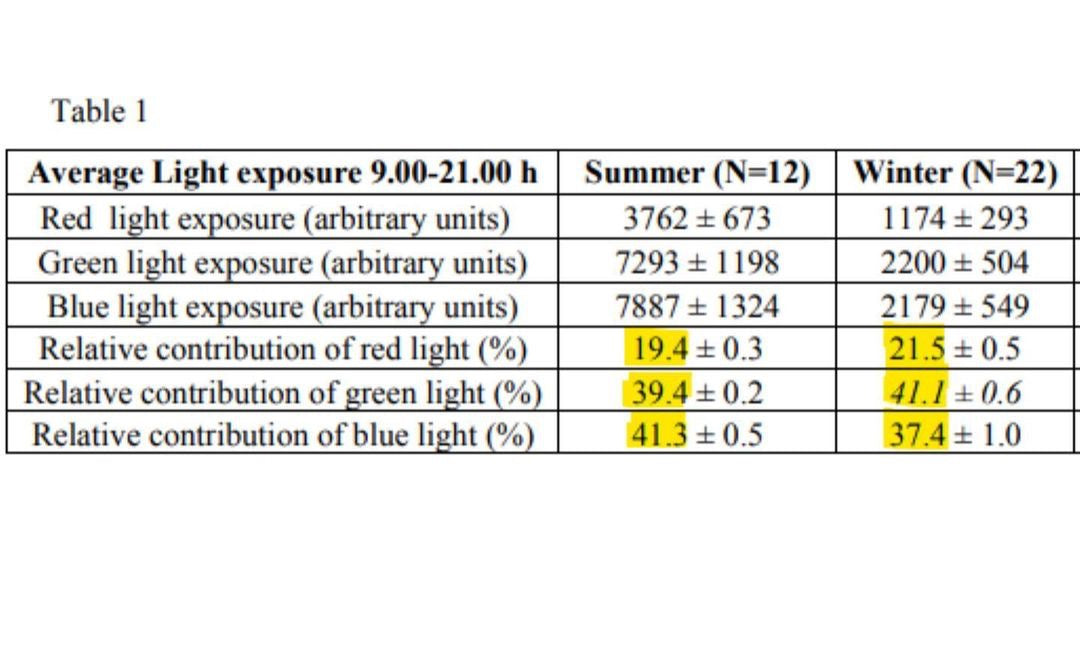Stop Spectrum Tuning - There is no Seasonal Spectrum
May 26, 2023 – Danielle Daly

Welcome to our ongoing blog series, originally created on Instagram, where we unravel some fascinating insights about the spectrum and its relationship with plant growth. Did you know that the spectrum doesn't change significantly during the seasons? And, here's a mind-boggler - green light happens to be one of the most photosynthetically active wavelengths, especially at high light levels!
We're thrilled to witness a decline in the marketing of spectrum tuning with seasonal settings. While spectrum tuning has its merits, we encourage you to seek research-backed evidence to support specific settings and understand how they outperform a well-rounded full spectrum - you know, the kind that replicates a full day's worth of sunlight.
Additionally, when considering spectrum tuning, it's crucial to question the settings suggested by various manufacturers. Many "formulas" advocate for more red light during the flowering stage, but increasing red light might actually reduce cannabinoid production without significant improvements in yield.
Now, don't get us wrong - experimentation is a fantastic way to explore the possibilities of horticultural lighting. However, our mission is to provide you with the research-based foundation to make informed decisions about your lighting settings.
Here's a key takeaway: ample light and a full spectrum will consistently deliver the best results in terms of both yield and quality. Unless your goal is to sculpt your plants' growth pattern, with considerations like less or more stretch, the case for spectrum tuning remains somewhat limited.
Let's delve into a few thoughts regarding common spectrum tuning considerations:
**1. Red vs. Blue during Flower:**
- It's often recommended to increase red light during the flowering stage. However, studies indicate that additional blue in the spectrum can enhance cannabinoid production (THC, CBD). Consider the following:
- Did increasing the red light reduce cannabinoids, as research suggests?
- Did adjusting the spectrum affect overall light intensity and yield?
- Was that lower yield your intended outcome?
**2. Power Adjustments and Diode Lifespan:**
- If your lighting system allows power adjustments to maintain consistent canopy PPFD during the adjustment phase, it's essential to monitor the max amperage per diode. Running diodes too hot can reduce their lifespan and potentially lead to warranty issues.
**3. End of Day (EOD) Far Red:**
- Some advocate for using red light to speed up the "sleep" phase of plants at the end of the day. However, there's limited research to support this practice. Dr. Bugbee and traditional Long Day (LDP) and Short Day (SDP) research draw similar conclusions, so it's worth questioning this approach.
**4. The Impact of Blue Light:**
- Increasing blue light can result in shorter plants with tighter internodes, which can be advantageous depending on your goals.
In this ever-evolving field of horticultural lighting, we aim to provide you with the knowledge and data you need to make informed decisions. Stay tuned for more insights as we continue to explore the intricate relationship between light and plant growth. 🌱💡

0 comments